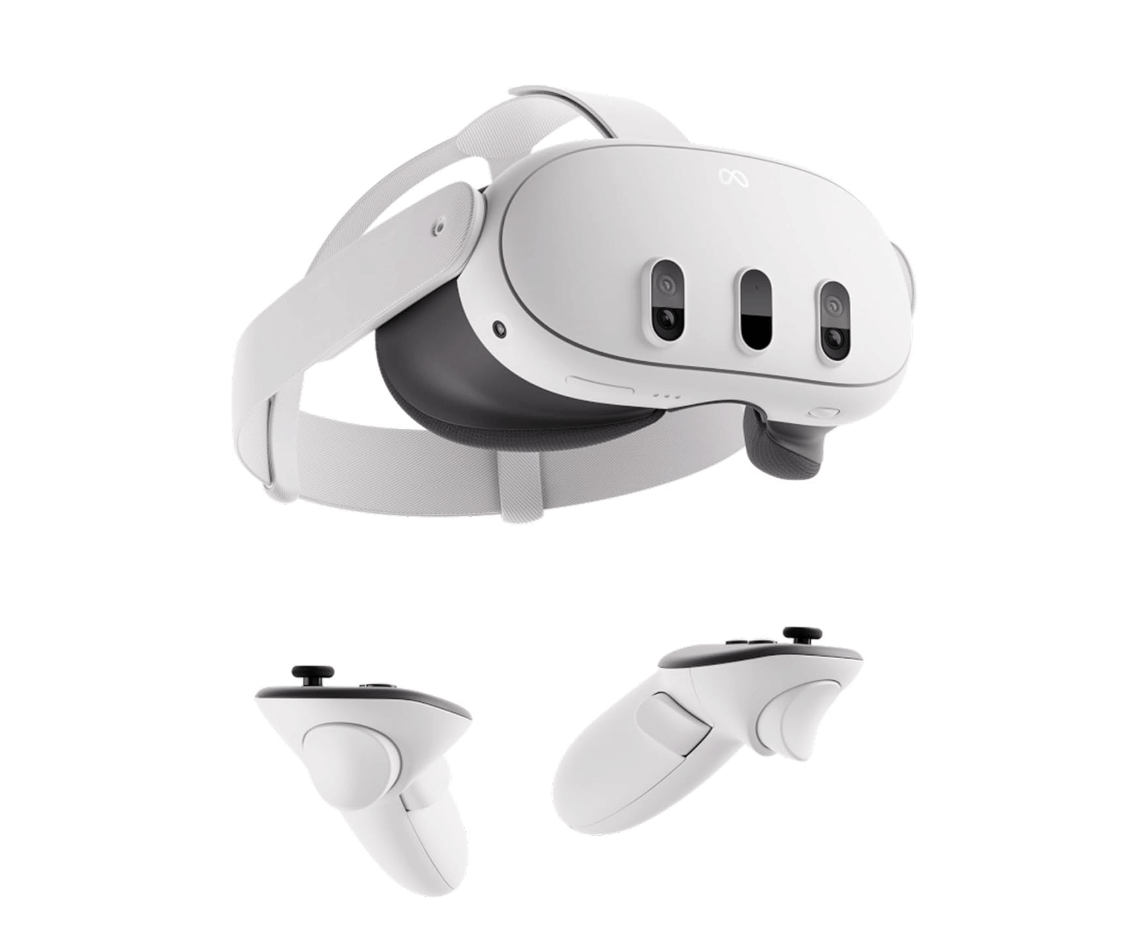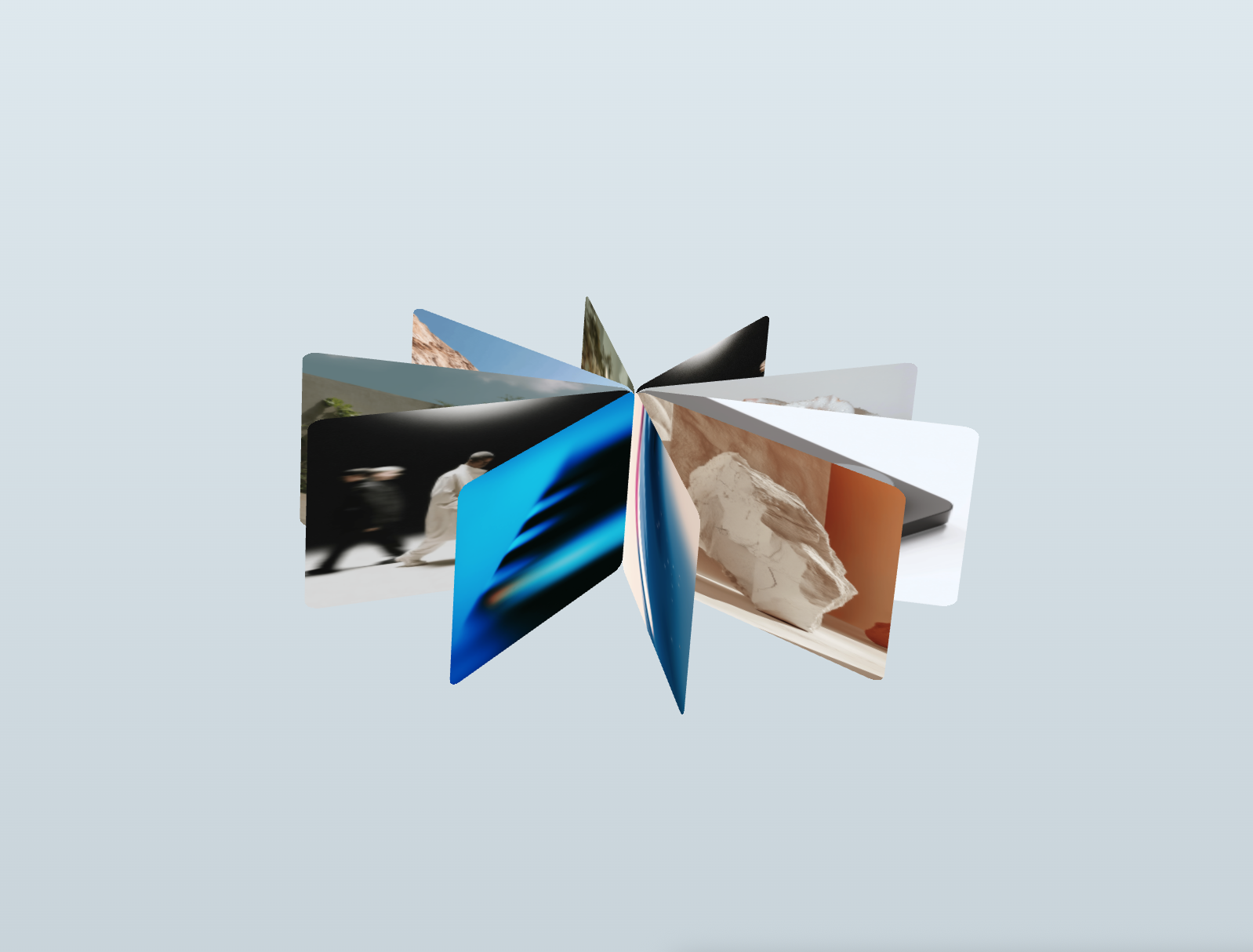Latest Marketplace Products
Three.js Learning Path: From Zero to Mastery

If you’re just starting out with Three.js, the number of resources and tutorials can feel overwhelming. Should you dive into shaders first? Or maybe jump straight into React Three Fiber?
To make the journey clearer, we’ve mapped out a step-by-step learning path using the best learning resources available today. This roadmap will take you from rendering your first cube all the way to building advanced WebXR experiences and shader-driven visuals.
Step 1. Start with the Fundamentals – Three.js Journey
The best starting point is Three.js Journey. Created by Bruno Simon, this is one of the most structured and complete courses out there. It begins with absolute basics scenes, cameras, materials, lights, and geometries before gradually introducing animations, models, physics, and even shaders.
Three.js Journey doesn’t just teach code; it guides you through real projects, like interactive websites and mini-games, giving you practical experience as you learn. If you want a solid foundation that covers all the fundamentals in a clear, progressive order, this is the place to start.
Step 2. Explore Game Development & Advanced Techniques
Once you’re comfortable with the basics, it’s time to push your limits. Game development & Advanced Techniques is a natural next step because it forces you to learn interaction, performance, and physics.
The Three.js & GameDev resources are perfect here. A standout creator is SimonDev, whose tutorials go beyond “hello world” examples. He covers terrain generation, character controllers, first-person mechanics, and even post-processing pipelines.
By following these lessons, you’ll build the skills needed to create real-time interactive experiences, not just static 3D scenes.
Step 3. Embrace React Three Fiber for Modern Workflows
For developers already familiar with React, React Three Fiber (R3F) makes integrating 3D content into web apps much easier. Instead of manually managing a scene, you can structure it declaratively using React components.
If you’re ready for this workflow, check out Wawasensei’s courses. His material is comprehensive, ranging from beginner topics to advanced scene management and performance tips. Pair it with the Drei helper library, which provides reusable R3F components that speed up development.
This step is ideal if you’re building modern apps that blend UI and 3D.
Step 4. Enter the World of VR & AR with WebXR
Next, dive into immersive development with VR and AR. The web is rapidly evolving to support XR directly in the browser, and learning this now puts you ahead of the curve.
One of the best resources here is Nick Lever’s “WebXR, VR and AR using Three.js”, created together with Beixar. It’s a hands-on course that walks you through building real VR/AR projects with Three.js.
By following it, you’ll learn how to:
- Set up WebXR scenes
- Add VR controllers and interactions
- Design for both desktop and headset experiences
👉 This step opens the door to immersive storytelling, education, and gaming on the web.
Step 5. Learn from the Community – YouTube Channels
Beyond courses, YouTube creators provide fresh, practical content that blends learning with inspiration. Here are some of the best:
- Yuri Artiukh – One of the top creative coding channels. His videos dive into shaders, post-processing, and experimental 3D art, making them perfect for mastering advanced techniques.
- Gianluca Lomarco – An Italian creator with beginner-friendly tutorials and VR/AR experiments. Great for visual learners, especially if you prefer Italian explanations.
- Robot Bobby – A rising creator who explains complex Three.js topics in simple, approachable ways. His tutorials are perfect for beginners who like clear step-by-step examples.
👉 Following these creators ensures you’re always learning from different workflows and creative perspectives.
Step 6. Learn from the Community – Gianluca Lomarco (Italian)
Finally, don’t overlook community-driven content. For Italian speakers 🇮🇹, Gianluca Lomarco’s YouTube channel is a goldmine of practical tutorials and demos.
He covers everything from fundamental Three.js setups to creative coding projects, VR experiments, and shader tricks. His videos are beginner-friendly but also inspiring for advanced developers.
Learning from multiple voices ensures you see different workflows and styles—and Gianluca’s content brings a fresh, creative perspective.
👉 Explore even more Learning Resources here.


